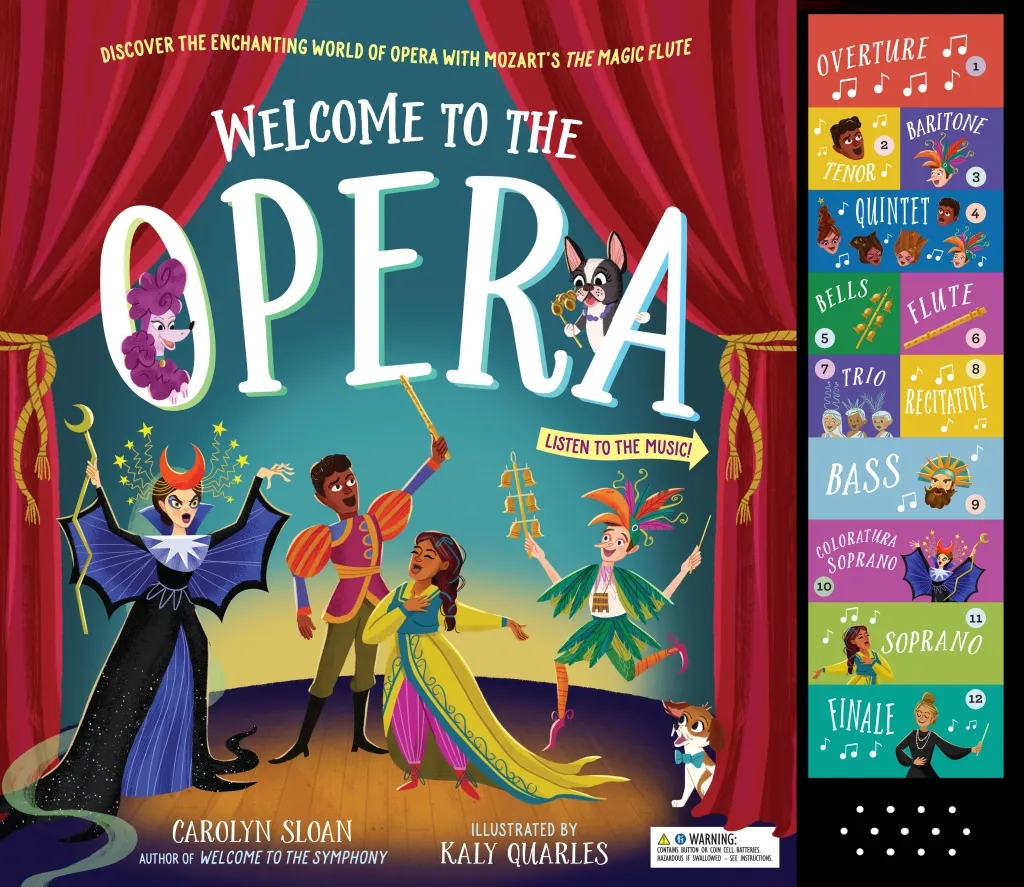 Review: Sakura’s Cherry Blossoms by Robert Paul Weston, illus. Misa Saburi
Review: Sakura’s Cherry Blossoms by Robert Paul Weston, illus. Misa Saburi
Source: Hardcopy courtesy of Penguin Random House Canada. Thank you!
Publication: February 20, 2018 by Tundra Books
Book Description:
When Sakura’s father gets a new job, she and her parents leave their home in Japan. In America, Sakura misses the blossoming cherry tree where she and her grandmother would play and picnic. How will she feel at home in this new and unfamiliar place? What if she forgets the beloved grandmother she left behind? Making friends with her neighbour helps Sakura feel more settled and when springtime finally arrives, a gorgeous and fateful surprise awaits her.
Sakura’s Cherry Blossoms captures the beauty of the healing power of friendship through Weston’s Japanese poetry-inspired text and Saburi’s breathtaking illustrations.

“I’ve watched this tree grow
all my life,” said Obaachan.
This is how I learned
seeing these blossoms in bloom
is always finest with friends.”
Author Robert Paul Weston (Blues for Zoey) turns to picture books with Sakura’s Cherry Blossoms, illustrated by Misa Saburi (Monster Trucks, with Joy Keller). Written in a series of tanka poems, Sakura’s Cherry Blossoms tells the story of a young girl named Sakura- whose name means cherry blossoms- as she and her parents leave Japan and her beloved Obaachan for America.

When Sakura arrives at their new home, she is understandably sad and lonely, missing her grandmother, their picnics, as well as the “soft and sweet scent” of cherry blossoms. A thoughtful young boy from next door named Luke tries to lift her spirits by offering to look at the night sky together through his telescope. After night adventures of contemplating the world above them- and its fleeting nature- Sakura soon finds that with a friend by her side, her new home and new school does not feel quite so daunting or cold. Sakura’s story, however, takes a sad turn with news about her Obaachan. Sakura and her family make a trip back to Japan to spend time with her now-ailing Obaachan. Quiet notes about love, grief and remembrance lace through the final spreads of the picture book, with the incredible reveal of cherry blossoms and a tender nod to Obachaan’s thoughts about enjoying “blossoms in bloom…with friends”.

Overall, Sakura’s Cherry Blossoms is lovely- quietly and poetically- told, with illustrations to match the changing tones throughout the story. While it is indeed a story that touches upon a few more serious, pensive topics, Sakura’s Cherry Blossoms is still a hopeful read that emphasizes the reach of love, kindness and friendship. Weston’s approach to telling Sakura’s story in tanka form is unusual but great, and works very well in allowing the more momentous topics to be broached without overwhelming readers. Regarding the artwork, I particularly appreciate Saburi’s idiosyncratic illustrative style and how it works so well with Weston’s poetic writing: characters (and often objects) are well-defined and outlined in dark colours, while some inanimate objects and scenery (like the cherry blossoms) are softly drawn; a broad colour palette is used as well, lively and rich colours to denote happier scenes, while darker, muted shades are used to denote contemplative and sad scenes. Sakura’s Cherry Blossom is a picture book that could be used as a gentler fiction read on loss and mourning, about moving and making a new home, or even about making new friends; used in a classroom or home, this story could also even be used to inspire students to explore and attempt tanka poetry. Be sure to check out the final page: there is notation from the author regarding tanka poetry- an introduction to the style, its structure, as well a brief historical note.
I received a copy of this title courtesy of Penguin Random House Canada in exchange for an honest review. All opinions and comments are my own.





Leave a comment